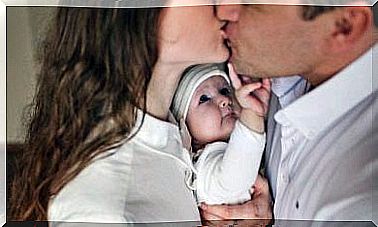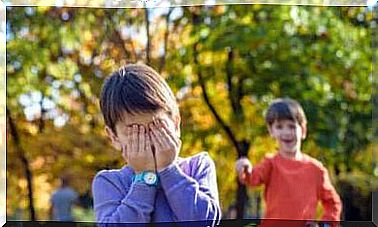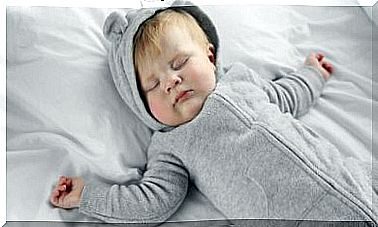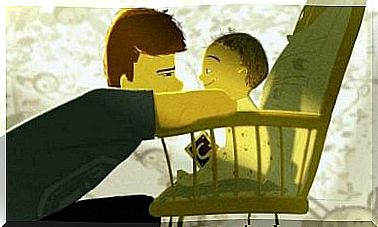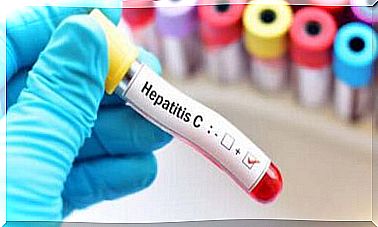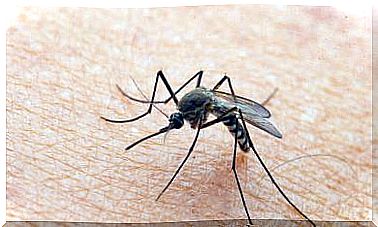Allergies To Sweat In Children: Symptoms And Treatment
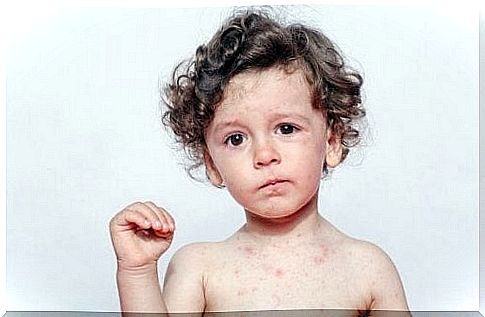
Sweating is the body’s response to an increase in temperature. The sweat that evaporates from the skin cools the body. However, sometimes children can develop allergies to sweat.
For example, common causes of sweating, which can worsen these symptoms:
- sport
- high temperatures
- emotional stress
As a result, sweat can cause a skin reaction, causing bumps and red spots. If this happens to your child, it is important that you see a doctor. He or she will analyze the cause and then tell you which medication your child needs.
Babies and children have sensitive skin and an increase in body temperature can trigger this allergy. While they can get a rash anywhere, it ‘s most common on their stomach, arms, and legs.
The spots or bumps usually cause itching and discomfort in children. They may also experience headaches or palpitations.
Types of Allergies to Sweat in Children
Problems such as dermatitis, urticaria or dyshidrosis have been associated with allergies to sweat in children. These are the three most common types of allergies to sweat in children.
1. Atopic Dermatitis
Atopic dermatitis is characterized by redness on the face. It appears on the forehead and cheeks. In addition, it appears on the head, wrists, elbows, knees, ankles and neck.
In general, atopic dermatitis can occur on contact with irritants such as soaps and detergents. It can also occur because of heat and sweat.
We recommend rinsing and drying your child’s skin gently. This prevents sweat or other irritating products from coming into contact with the skin.
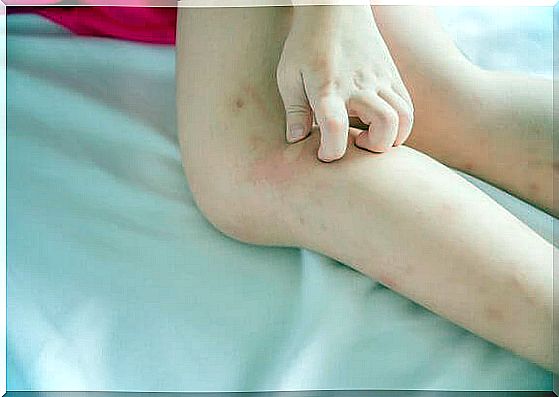
2. Urticaria
The second type of sweat allergy appears on the skin with red spots and sometimes itching. Inflammation mainly affects arms, legs and chest. However, it can appear anywhere on children’s bodies.
Urticaria may go away on its own within a few hours or days. However, this condition is very annoying. Therefore, consult your child’s doctor so that he can prescribe a medicine to reduce swelling and itching.
3. Dyshidrosis
Sweating and moisture are factors that cause this condition. It can sometimes be painful for babies. This type of allergy is known as a skin condition like eczema. It usually affects their hands and feet.
This acute or chronic skin condition forms bumpy sores. Treatment is usually local. Apply an antiseptic and anti-inflammatory ointment to relieve pain.
How to prevent allergies to sweat in children
In most cases, children’s reaction to sweat disappears in a few days. To help relieve symptoms, remember that moisturizers are ideal. They relieve the itchy sensation and remove rashes.
As always, prevention is the best medicine. So here is a list of some simple tips to avoid allergies to sweating in children. Pay attention!
- Be careful with chemical products. Symptoms are often made worse by using chemicals.
- When your child takes a shower, he should use lukewarm or cold water. This reduces the chance of an outbreak.
- Opt for cotton clothes instead of synthetics. They help your child to sweat better.
- Choose breathable clothes when exercising, as they can prevent excessive sweating.
- Do not use sponges so that you do not accidentally injure your child.
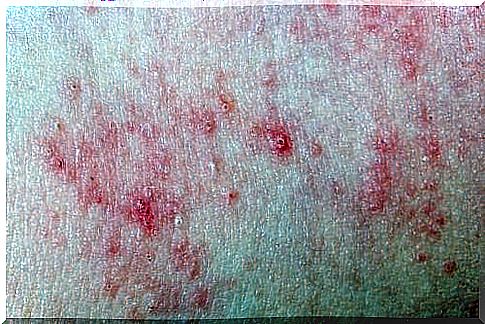
- Trim your child’s nails to avoid injuring affected areas.
- Anti-inflammatory creams can also be a perfect solution to reduce swelling.
- Don’t overprotect your child. Also be careful with the temperature changes between one place and another.
- Keep your child’s skin clean and hydrated.
Consult the doctor
You should know that this allergy is common. It is due to the sensitive skin’s reaction to sweating. Therefore, don’t worry too much, because it usually improves by taking the right precautions. As your child gets older, these kinds of problems go away on their own.
Finally, as a mother, it is important to know how to act. Going to the dermatologist is also a solution. She can identify the cause and let you know what medication to take.


